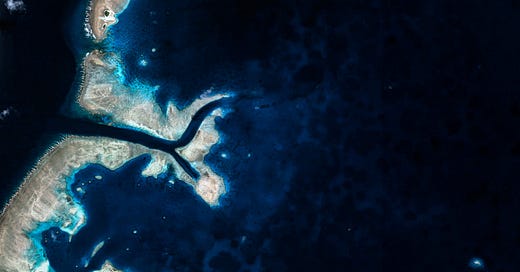💸 4 Stocks & investments opportunities part of the 🐟 Aquaculture Revolution 🍃 — The Adaptive Economy.
While everyone is looking at BTC, there might be some industries worth considering with higher returns next 10 years. Here is what makes me rethink investing and that might inspire you too.
About 50 years ago, a number of technologies came about and would revolutionize our world. Everything from automobiles to plastics, to electronics to satellites: All this sweet technology worked toge…
Keep reading with a 7-day free trial
Subscribe to The Adaptive Economy Newsletter by Atlas Capital to keep reading this post and get 7 days of free access to the full post archives.



